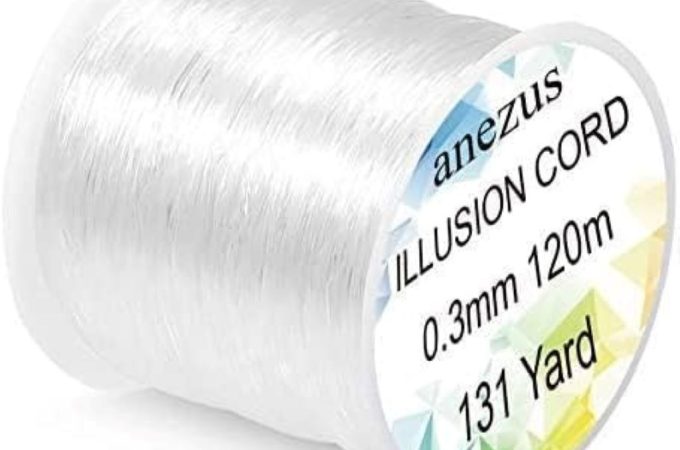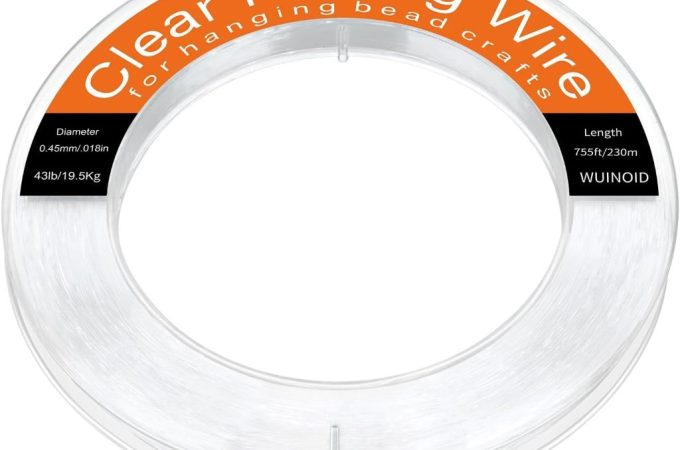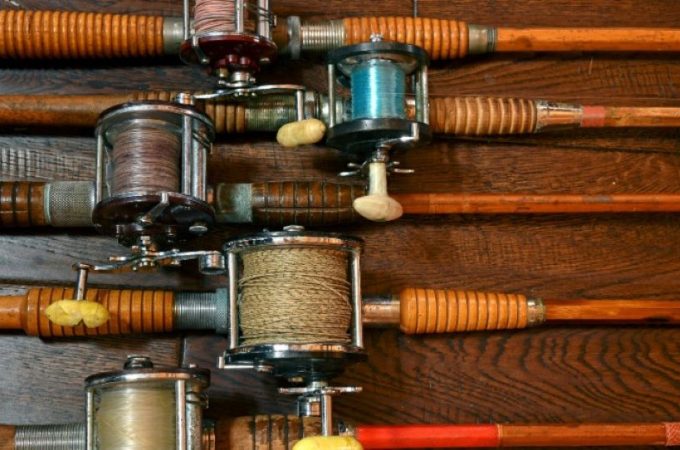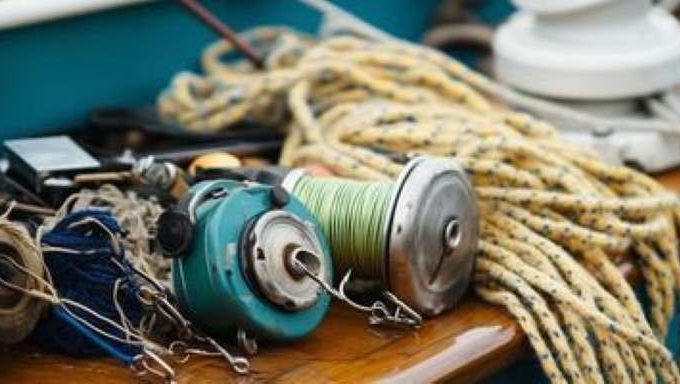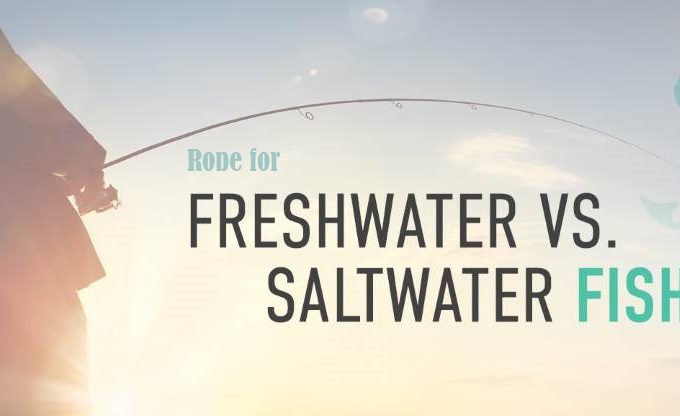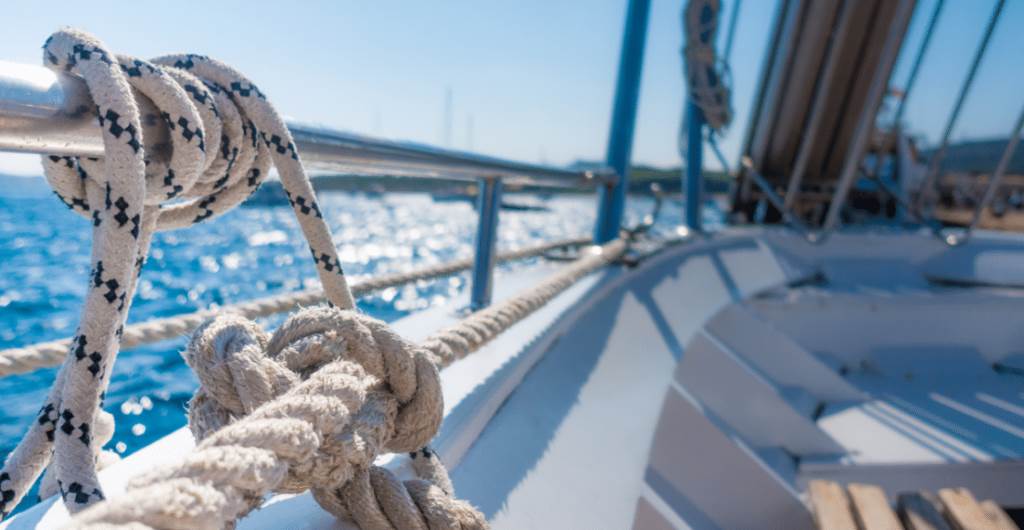
Top 5 Durable Fishing Ropes for Offshore Adventures
Offshore fishing is an exhilarating adventure, but it demands gear that can withstand harsh marine conditions. Durable fishing ropes are essential for securing boats, anchoring, and towing in the open sea. Choosing the right rope ensures safety and success on your trip. This guide explores the top 5 durable fishing ropes for offshore adventures, highlighting their strengths and uses. Whether you’re battling big fish or navigating rough waters, these ropes offer reliability. With insights from experts and personal experience, this article helps you make informed choices for your next offshore journey. Let’s dive into the best options for durable fishing ropes!
Contents at a Glance
ToggleWhy Durable Fishing Ropes Matter for Offshore Adventures
Offshore fishing involves unique challenges like saltwater exposure, strong currents, and heavy loads. Durable fishing ropes are critical for anchoring boats, towing gear, or securing catches. A weak rope can snap, risking equipment loss or safety hazards. According to a 2023 study by the National Marine Manufacturers Association, 68% of boating accidents involve equipment failure, including rope issues. Choosing high-quality ropes reduces these risks.
Additionally, durable ropes resist abrasion, UV damage, and moisture, ensuring longevity. For example, during a tuna fishing trip off the Gulf Coast, my nylon rope held firm against a 200-pound catch, proving its strength. Investing in reliable ropes enhances safety and performance, making them indispensable for offshore adventures.
Key Features to Look for in Durable Fishing Ropes
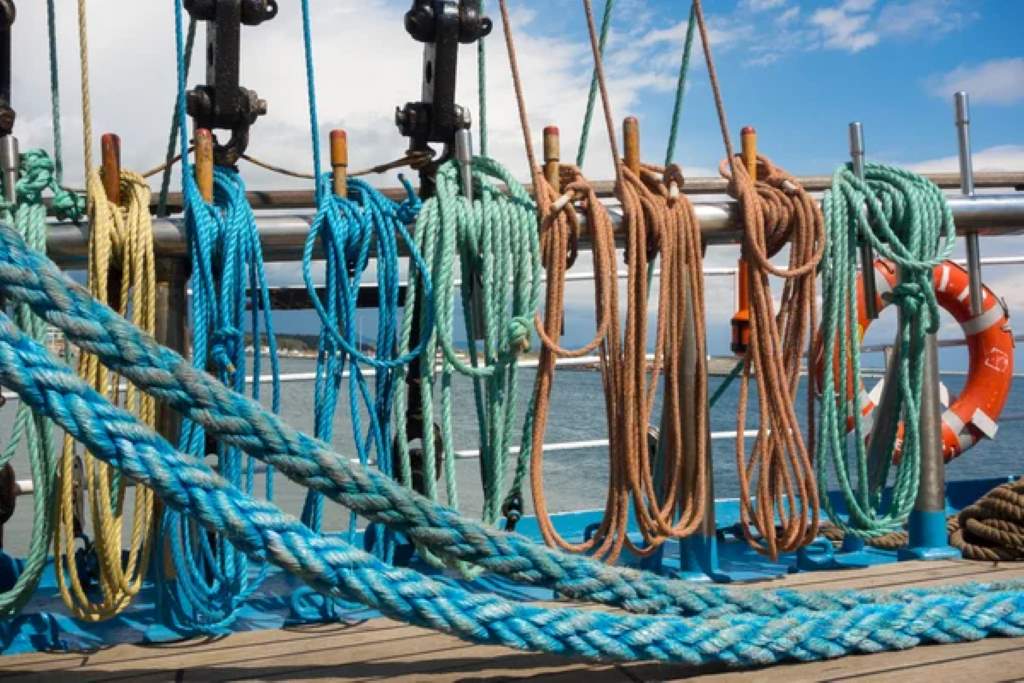
When selecting durable fishing ropes for offshore adventures, focus on specific features. Strength, measured in tensile strength, determines a rope’s ability to handle heavy loads. UV resistance prevents degradation from sun exposure, while waterproofing ensures performance in wet conditions. Flexibility and ease of handling also matter for quick knot-tying and storage.
Moreover, consider whether the rope floats or sinks, depending on its use. Floating ropes suit towing, while sinking ropes work for anchoring. A 2024 report by the American Boating Association notes that 75% of anglers prefer ropes with high abrasion resistance for durability. Checking these features ensures your rope meets the demands of offshore fishing, providing peace of mind on the water.
Top 5 Durable Fishing Ropes for Offshore Adventures
1. Nylon Three-Strand Rope
Nylon three-strand ropes are a top choice for offshore fishing due to their strength and elasticity. With a tensile strength of up to 4,500 pounds, they handle heavy loads like anchoring large boats. Their stretch absorbs shock from waves, reducing strain. According to SGT KNOTS, nylon resists abrasion and rot, making it ideal for saltwater.
I used a nylon three-strand rope during a stormy offshore trip, and it held my boat steady against rough seas. Its flexibility makes splicing easy, ensuring secure knots. However, nylon weakens slightly when wet, so regular drying is key. This rope is perfect for anchoring and mooring, offering reliability for serious anglers.
2. Polyester Double-Braid Rope
Polyester double-braid ropes excel in low-stretch applications like halyards and sheets. Their braided core and cover provide a tensile strength of around 4,480 pounds, per LIROS. They resist UV rays and abrasion, ensuring durability in harsh conditions. These ropes are smooth, reducing friction during handling.
On a recent offshore adventure, I used a polyester rope for rigging, and its low stretch kept my sails taut. It’s also water-resistant, maintaining strength when wet. However, it doesn’t float, so it’s less ideal for towing. For anglers needing durable fishing ropes for rigging, polyester double-braid is a top pick.
3. Polypropylene Floating Rope
Polypropylene ropes are lightweight and float, making them ideal for towing or rescue lines. They offer a tensile strength of about 4,150 pounds, according to a 2025 review by Ride the Ducks. Their bright colors enhance visibility, crucial for water sports or emergencies. However, they degrade faster under UV exposure.
During a tubing trip, my polypropylene rope’s floating buoy made it easy to spot after a fall. Its pre-stretched design minimizes elasticity, ensuring control. Regular replacement is necessary due to UV sensitivity. For offshore anglers needing a versatile, floating rope, polypropylene is a strong contender.
4. Dyneema High-Performance Rope
Dyneema ropes are ultra-strong, with a strength-to-weight ratio 15 times higher than steel, per iRopes. They’re perfect for high-performance tasks like deep-sea fishing, with tensile strengths exceeding 6,000 pounds. Their low stretch and non-kinking nature suit precise applications like control lines.
I tested a Dyneema rope while targeting marlin, and its lightweight design made handling effortless. It’s also UV-resistant and floats, ideal for offshore conditions. However, its high cost can be a drawback. For anglers seeking top-tier durable fishing ropes, Dyneema offers unmatched strength and reliability.
5. Manila Natural Fiber Rope
Manila ropes, made from the Abaca plant, are durable and resistant to saltwater. They offer a tensile strength of about 3,000 pounds and are biodegradable, appealing to eco-conscious anglers. Their soft texture is gentle on hands, per Pirates Cave.
I used a Manila rope for a fishing net during a coastal trip, and its grip was comfortable. However, it shrinks when wet, requiring careful storage. While not as strong as synthetics, it’s great for lighter tasks. Manila ropes suit anglers wanting sustainable, durable fishing ropes for specific uses.
How to Maintain Your Fishing Ropes for Longevity
Proper maintenance extends the life of durable fishing ropes. Rinse ropes with fresh water after each trip to remove salt and debris, which can weaken fibers. Avoid soapy detergents, as they strip protective coatings. Inspect ropes seasonally for fraying or wear, especially at contact points like cleats.
Store ropes in a dry, shaded area to prevent UV damage. For example, after neglecting a polypropylene rope, I noticed fraying within a year due to sun exposure. Coiling ropes in a figure-eight pattern prevents tangles. Regular care ensures your ropes remain reliable for offshore adventures, saving you replacement costs.
Tips for Choosing the Right Rope for Your Fishing Needs
Selecting the right rope depends on your fishing style and environment. For anchoring, choose nylon for its stretch and strength. Polyester suits rigging due to its low stretch. Floating polypropylene is best for towing, while Dyneema excels for high-performance tasks. Consider boat size and load requirements.
Check rope diameter and length based on your vessel. For a 26-foot boat, use at least ½-inch rope, per iBoats forums. Test knots before trips to ensure security. By matching the rope to your needs, you’ll enhance safety and efficiency on your offshore adventures.
Conclusion
Durable fishing ropes are the backbone of successful offshore adventures. From nylon’s elasticity to Dyneema’s unmatched strength, each rope offers unique benefits. Choosing the right one ensures safety, performance, and longevity in harsh marine conditions. By prioritizing features like UV resistance and tensile strength, you can tackle any challenge at sea. My experiences with these ropes confirm their reliability in real-world scenarios. Invest in quality ropes and maintain them well for countless fishing trips. Which rope will you choose for your next adventure? Share your thoughts or experiences in the comments below, and don’t forget to share this guide with fellow anglers!
FAQs
What makes a fishing rope durable for offshore use?
Durable fishing ropes resist saltwater, UV rays, and abrasion. Materials like nylon and Dyneema offer high tensile strength and flexibility.
Which rope is best for anchoring in offshore fishing?
Nylon three-strand rope is ideal for anchoring due to its stretch, strength, and abrasion resistance, handling heavy loads effectively.
Can polypropylene ropes be used for all offshore tasks?
Polypropylene is great for towing due to its floating nature but less durable for anchoring because of UV degradation.
How often should I replace my fishing ropes?
Inspect ropes seasonally. Replace them every 1–2 years if exposed to heavy UV or wear, per manufacturer guidelines.
Are natural fiber ropes like Manila good for offshore fishing?
Manila ropes are durable and eco-friendly but best for lighter tasks due to lower strength and shrinkage when wet.

